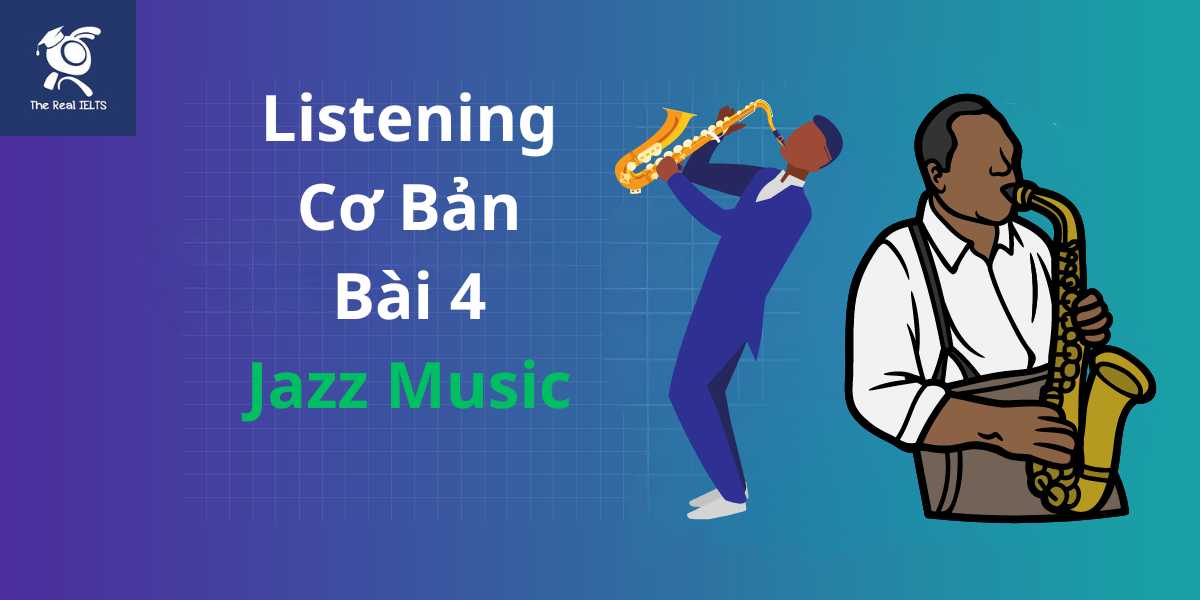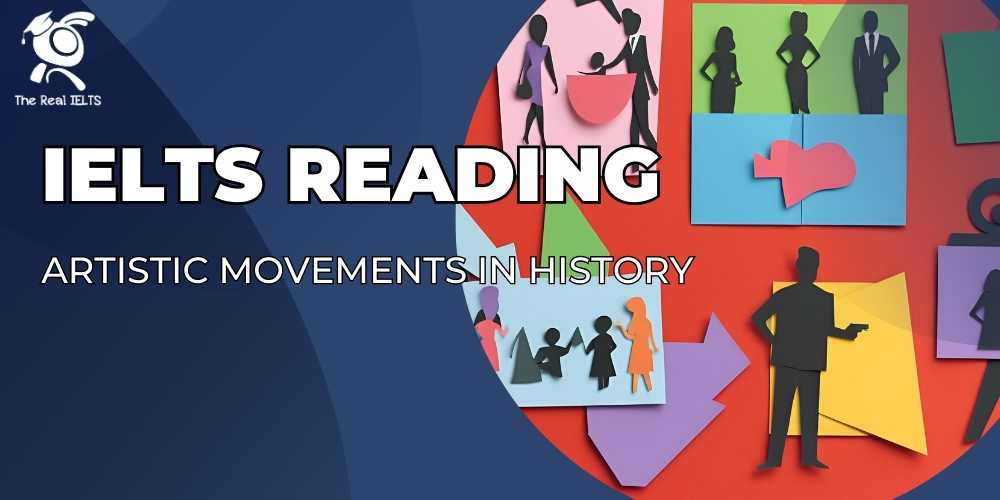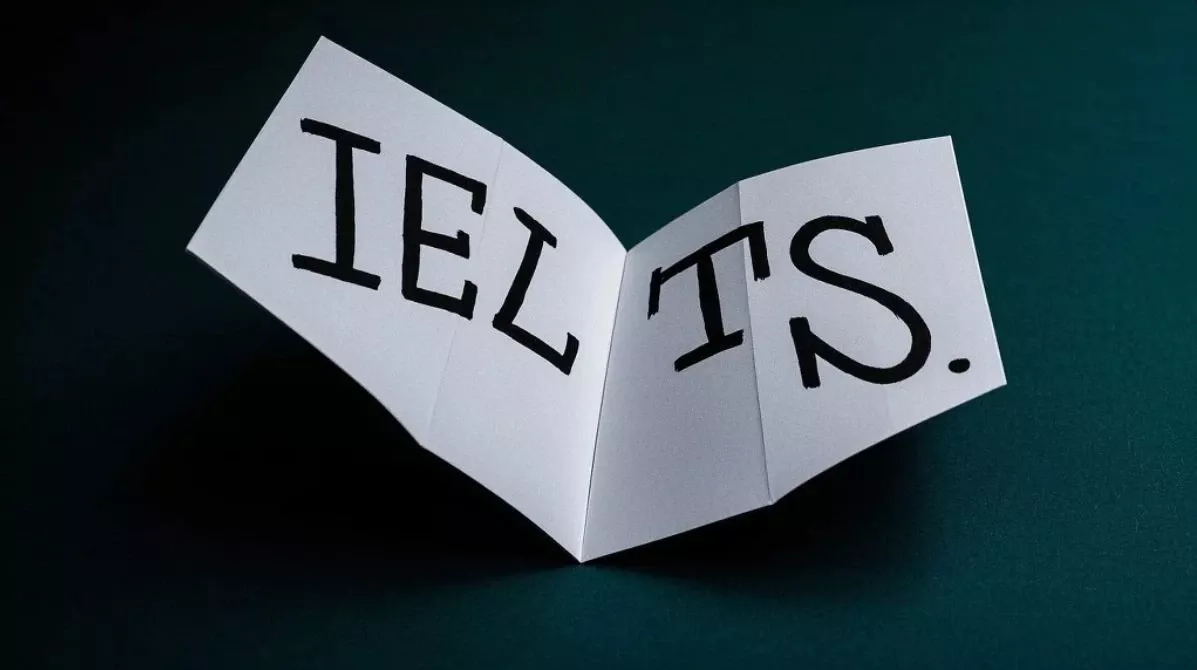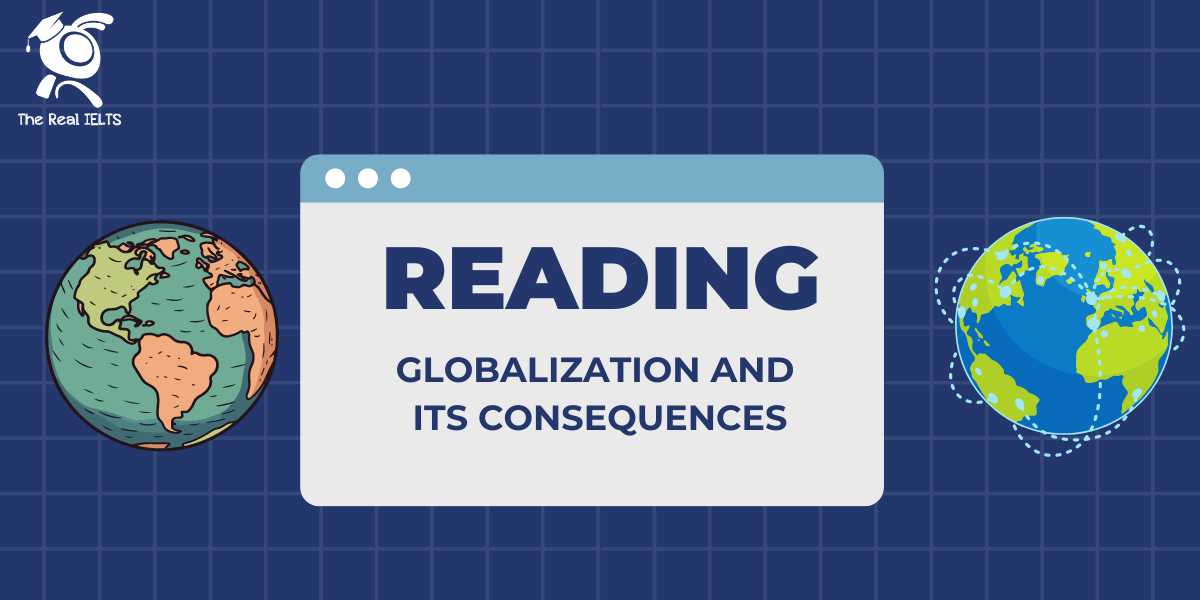Bài Listening này nói về lịch sử của nhạc Jazz. Chúng ta hãy cùng nhau luyện tập nào. Hãy nhớ phải luyện tập rất nhiều lần.
Bài Listening về Jazz Music
Bài nghe số 1: “Origins of Jazz”
Câu hỏi:
- Where did jazz music originate from?
- What are some musical traditions that influenced the development of jazz?
- What is one key element of jazz music mentioned in the listening?
Bài nghe số 2: “Jazz in the Swing Era”
Câu hỏi:
- What was the Swing Era?
- Who were some of the famous musicians leading big bands during this time?
- What were some characteristics of swing music mentioned in the listening?
Bài nghe số 3: “Modern Jazz and Beyond”
Câu hỏi:
- What are some new styles of jazz that emerged after World War II?
- Who were some of the key figures associated with bebop?
- How did fusion jazz push the boundaries of traditional jazz?
Bản script sau khi đã luyện nghe nhiều lần
Listening 1: Origins of Jazz
Jazz music has its roots in the African-American communities of New Orleans, Louisiana, in the late 19th and early 20th centuries. It emerged from a blend of African and European musical traditions, including spirituals, blues, ragtime, and marching band music. One of the key elements of jazz is its improvisational nature, where musicians often create spontaneous melodies and solos during performances.
Listening 2: Jazz in the Swing Era
The Swing Era, which spanned from the mid-1930s to the mid-1940s, was a golden age for jazz. Big bands, led by famous musicians like Duke Ellington and Count Basie, dominated the music scene. Swing music was characterized by its lively rhythms, catchy melodies, and emphasis on dancing. It became hugely popular across America and paved the way for jazz to become a mainstream genre.
Listening 3: Modern Jazz and Beyond
In the post-World War II era, jazz continued to evolve, giving rise to new styles such as bebop, cool jazz, and fusion. Bebop, pioneered by musicians like Charlie Parker and Dizzy Gillespie, emphasized fast tempos, complex harmonies, and improvised solos. Cool jazz, on the other hand, was characterized by its relaxed, laid-back style and smooth melodies. Fusion combined jazz with elements of rock, funk, and other genres, pushing the boundaries of traditional jazz.
Học lại bài cũ tại: Bài tập Listening 3: Exploring Renewable Energy Sources.















